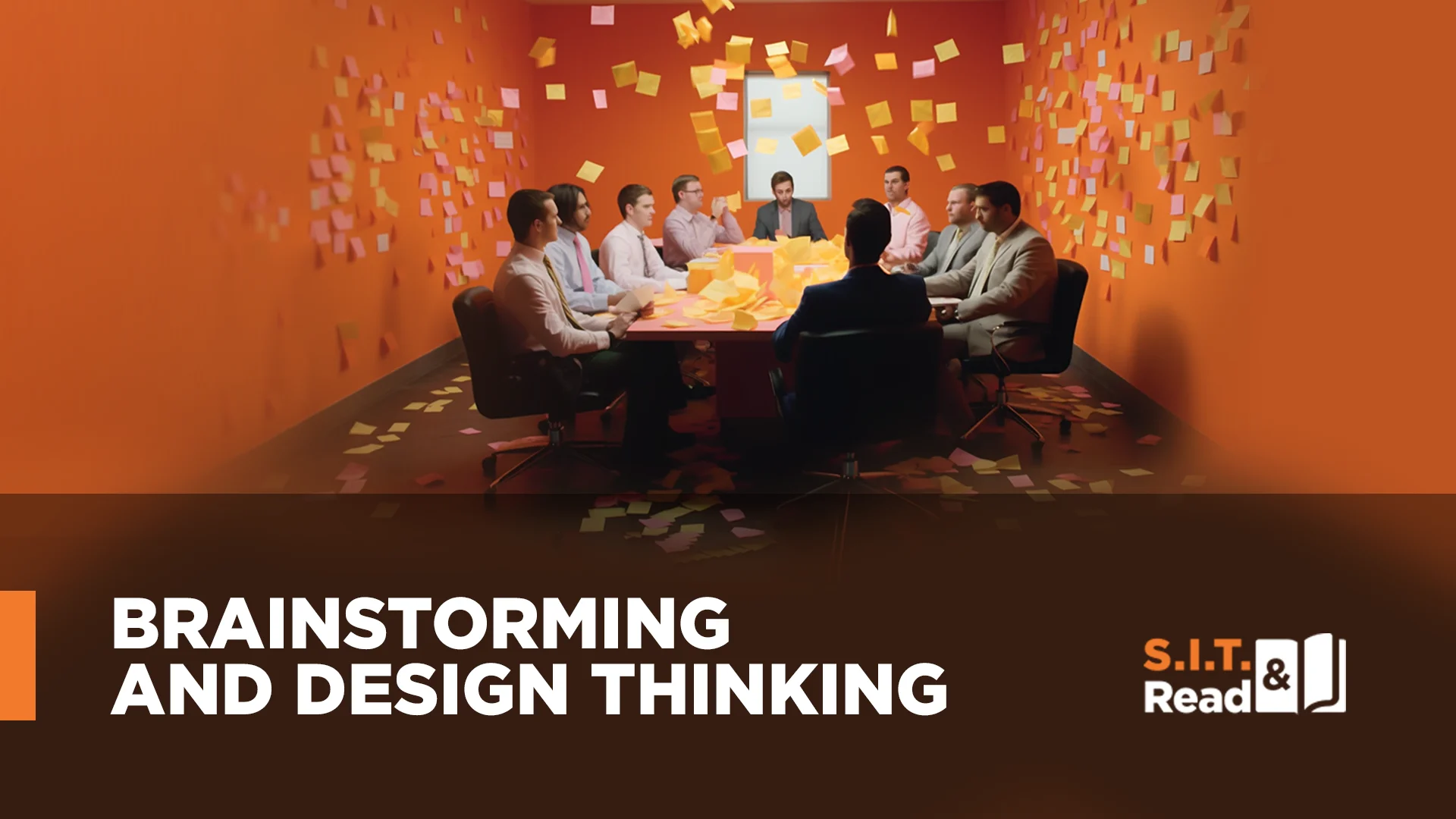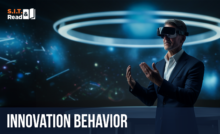HOW BRAINSTORMING AND DESIGN THINKING f-AI-l


Automatizing Brainstorming using LLMs can result in plenty of rubbish. If people can create dozens of useless ideas with BS, imagine the sheer volume that can be generated with an LLM. AI can dramatically accelerate innovation, but the challenge is to do so effectively, getting rid of BS and its harmful effects on Design Thinking and innovation.
How did Brainstorming and Design Thinking become synonymous with ideation or innovation in spite of their flaws?
Brainstorming initially played an important role promoting creativity in corporations, as executives received a license to share ideas freely. In the hierarchical culture of those times, this was a revolution. But 70 years later, both users and academic research confirm that it does not lead to novel ideas.
Why, then, do BS and DT continue to dominate the innovation field? Two possible reasons:
1) Both have cool proponents with strong PR (ad agencies and IDEO respectively).
2) Both give the illusion that innovating is easy and fun.
Design Thinking is useful in many aspects and therefore recommended for any innovator. BUT – it is flawed at the core. It consists of three steps:
1) Empathize and define needs
2) Ideate
3) Prototype and Test
DT is therefore a useful collection of tools for harvesting insights, visualizing and prototyping, organized in a sensible 3 (or 5) step process, but, since step 2 relies on BS, it lacks a method to break mental fixedness. Moreover, DT makes the baseless claims that to innovate:
a) One needs to think like a designer, and
b) All you need is to empathize and prototype, and
c) That the best way to innovate is to have fun.
BUT, in reality:
a) Why should designers be a model for rethinking company strategy, a chemical process or a history class? Some innovation, especially product development, has to do with design, but why should all innovation be conducted as if it were a design task?
b) The missing middle – Ideate – requires breaking one’s fixedness. This can be done with structured tools, such as ours, SIT, or other non-Brainstorming methods. Otherwise, old ideas are rehashed.
c) Having fun is nice but does not lead to innovation. Enjoying oneself may enhance persistence, but true innovation is contrary to “having fun”, requiring the pain of changing the way one thinks, and often arising from discontent and discomfort.
Brainstorming and Design Thinking are popular because they have great PR, are easy to use, give the illusion of novelty and are useful for non-innovative tasks. What does work, is a combination of empathic design, visualization, prototyping and experimentation, with a robust methodology for breaking fixedness.
Recent Posts
Innovation Behavior
Innovation is a skill, not a gift. Top organizations drive growth by nurturing and investing…
Should you learn TRIZ? – Yes. ….and No.
Are you in the world of problem solving? Is problem solving a skillset you have…
What Lies Ahead in 2024?
5 Data-Driven, Customer-Centric trends we’ve identified This is not just another conventional forecast. Over nearly…
Fork or Chopsticks – Which Innovation Tools Do You Use?
Imagine a chef, who only uses a spoon. Imagine a dentist, who only uses a…
The Moat Mentality: Exploring New Frontiers in Innovation Methodologies
In investing and business strategy, we often speak in terms of moats. Warren Edward Buffett…
Was it a Breakthrough or an Adjacency?
This year, P&G’s Febreze celebrates its silver anniversary as a brand. But not all 25…


